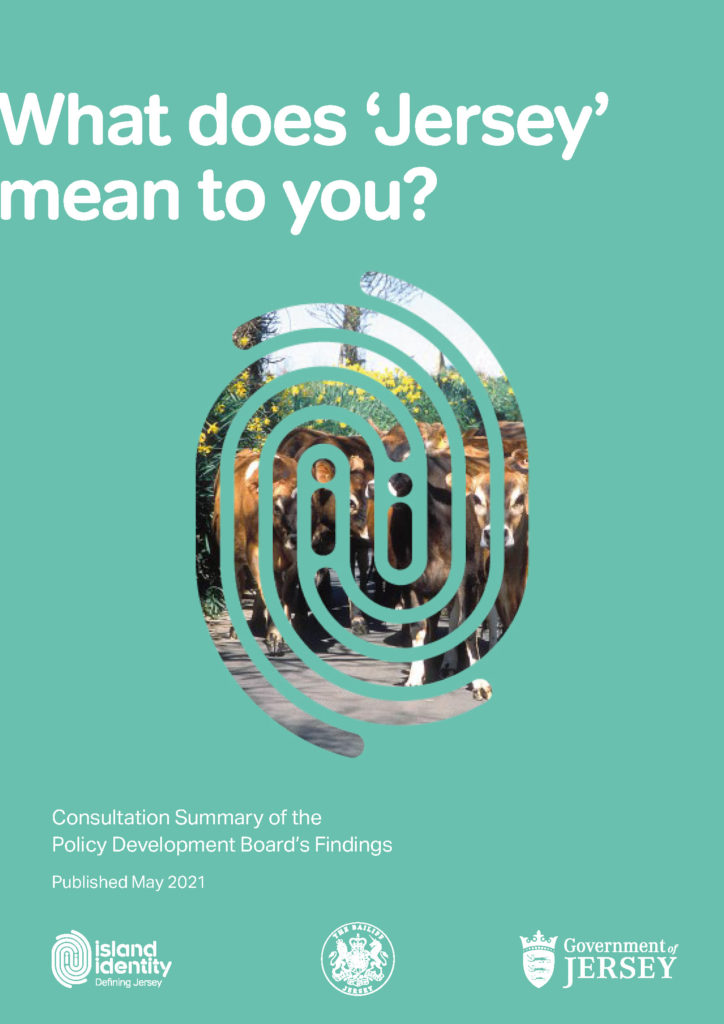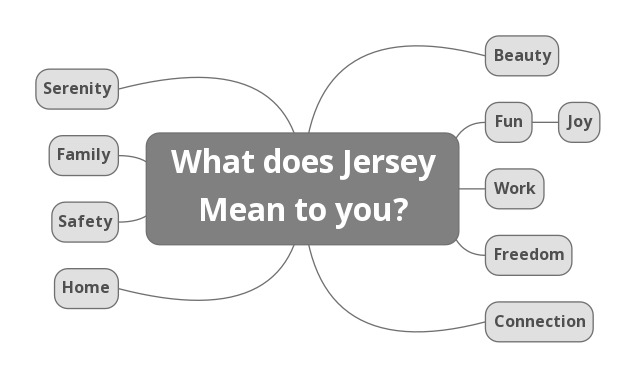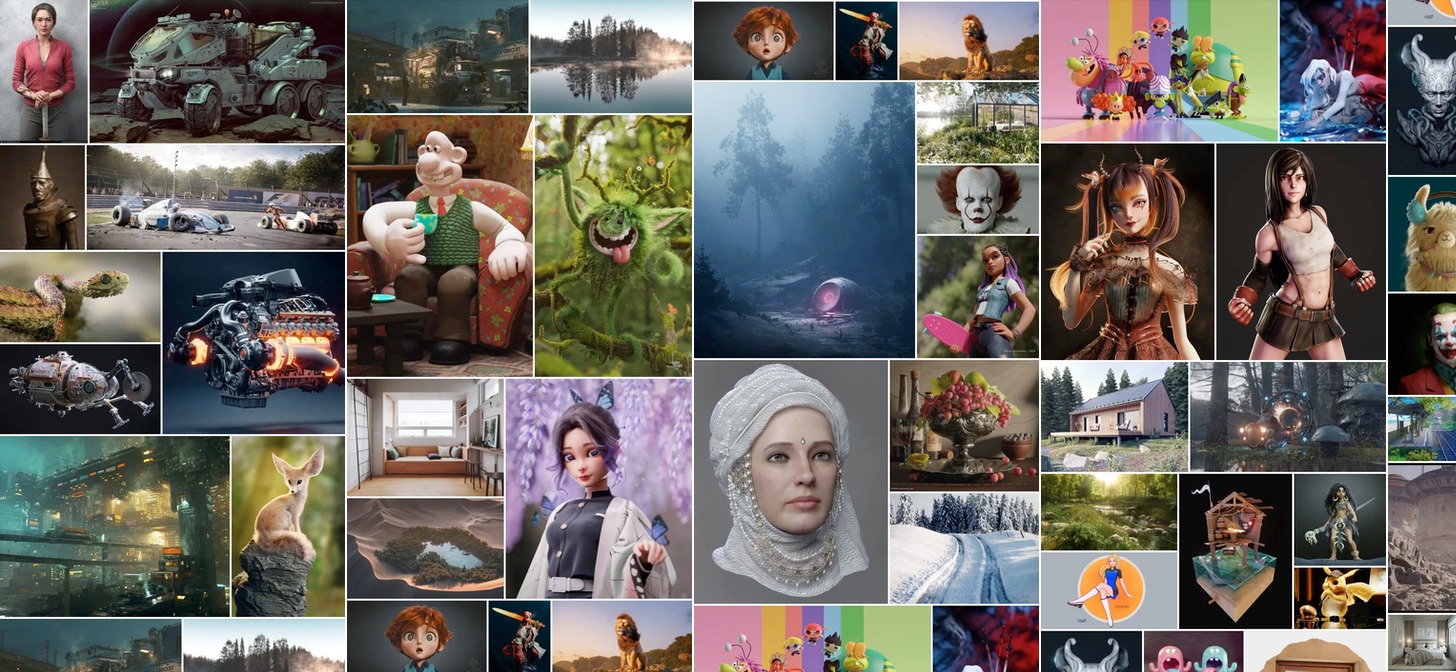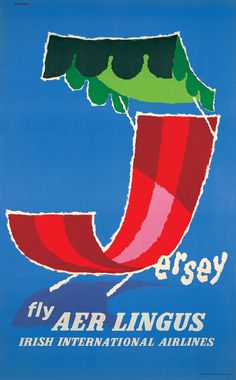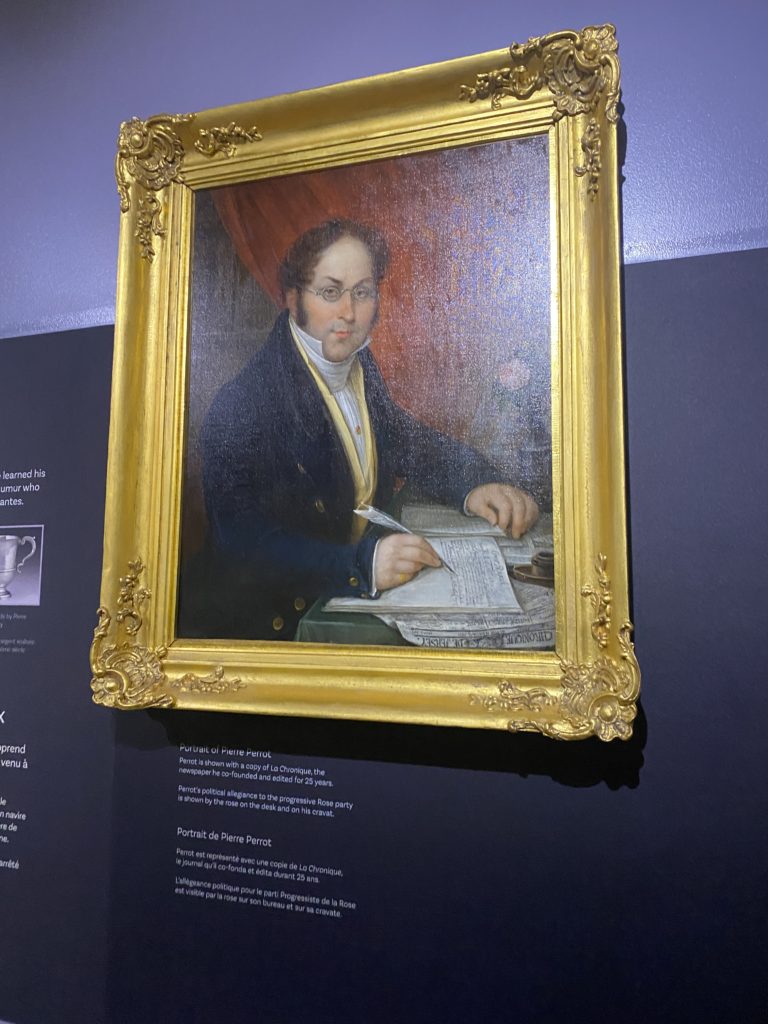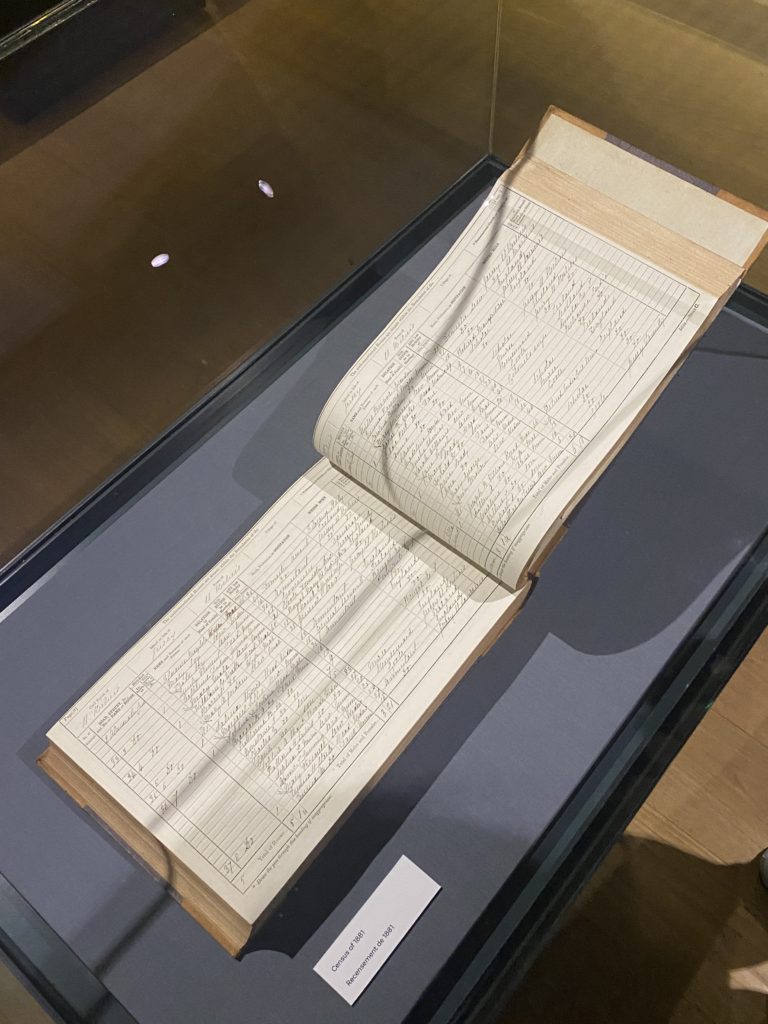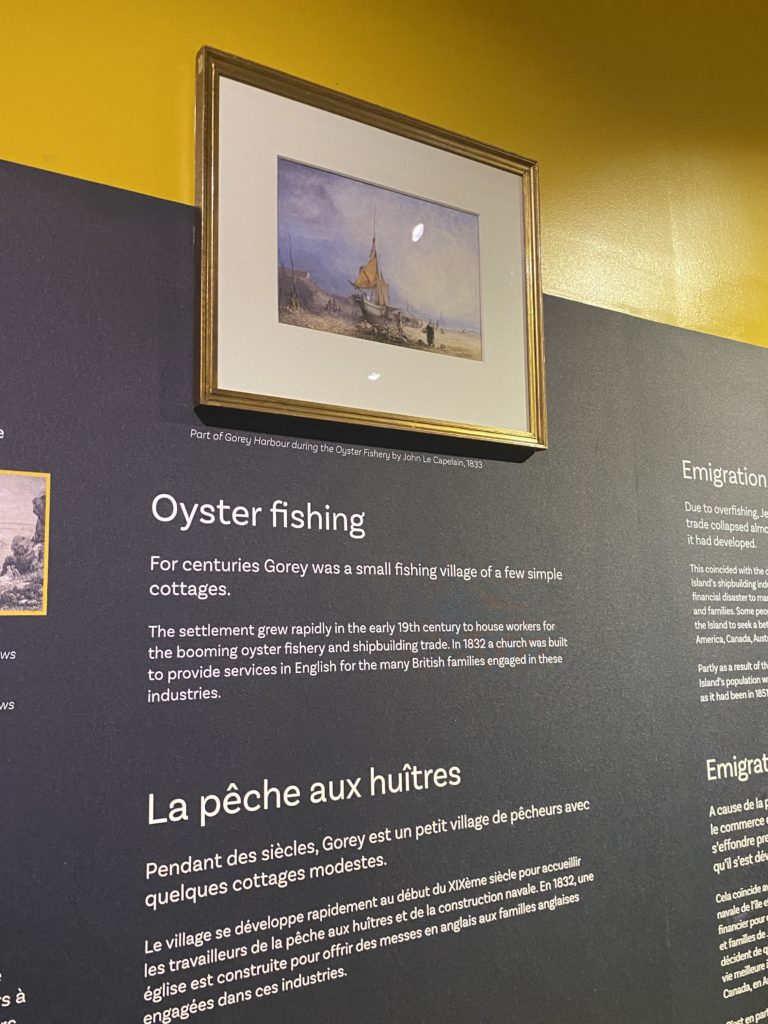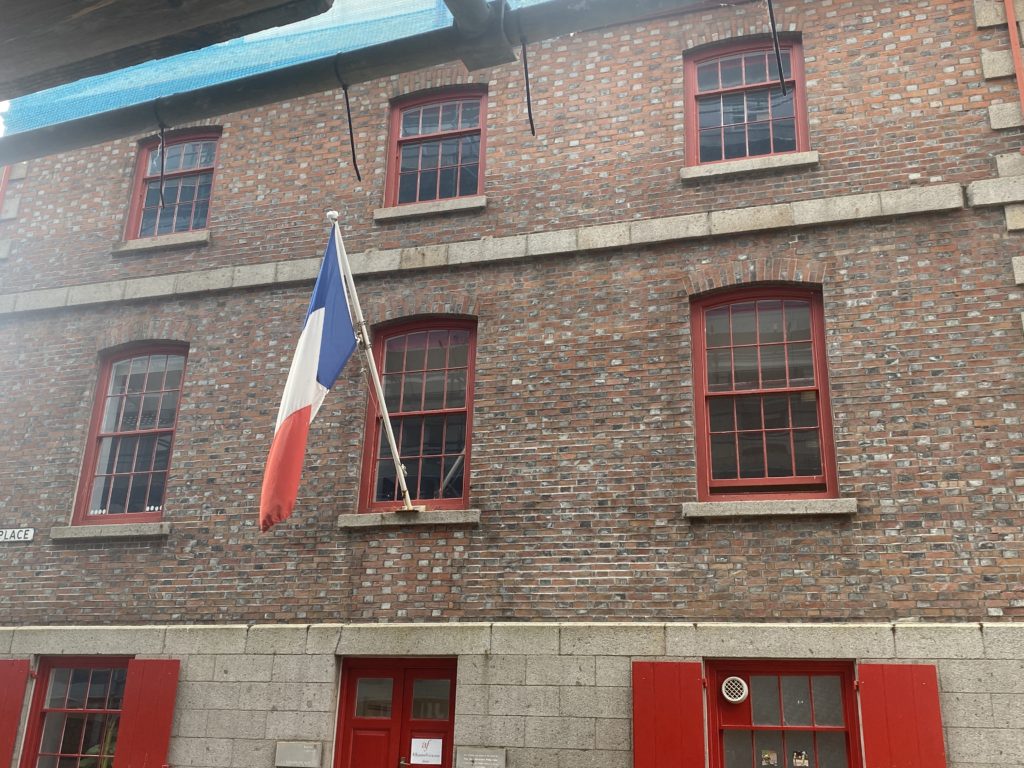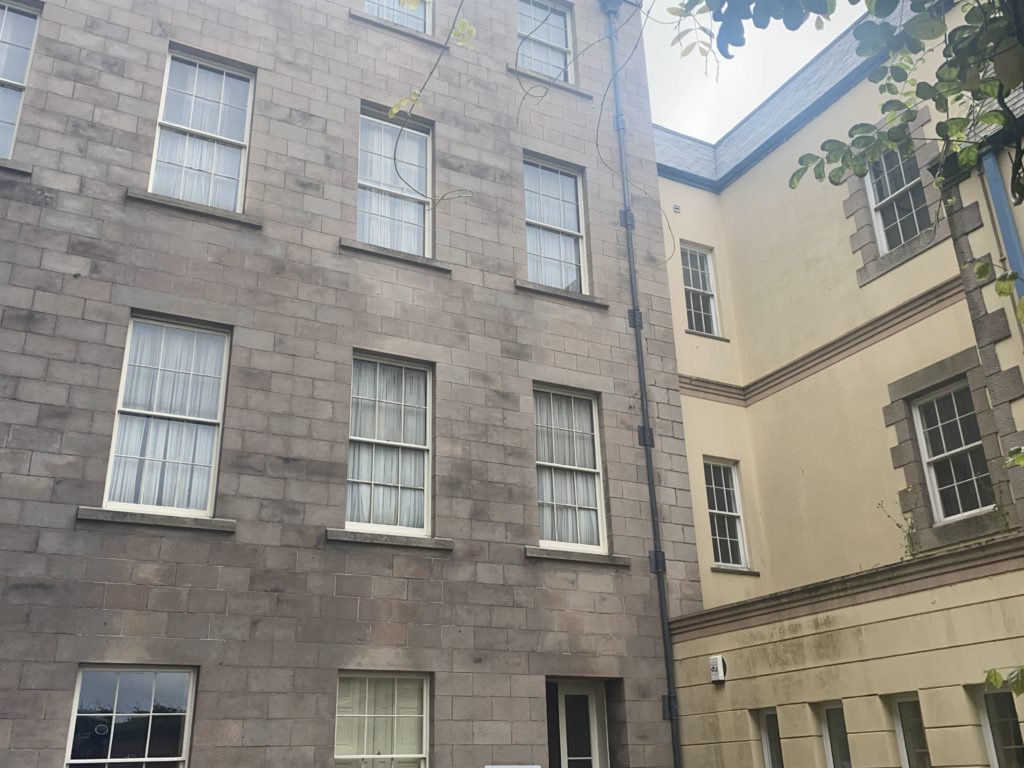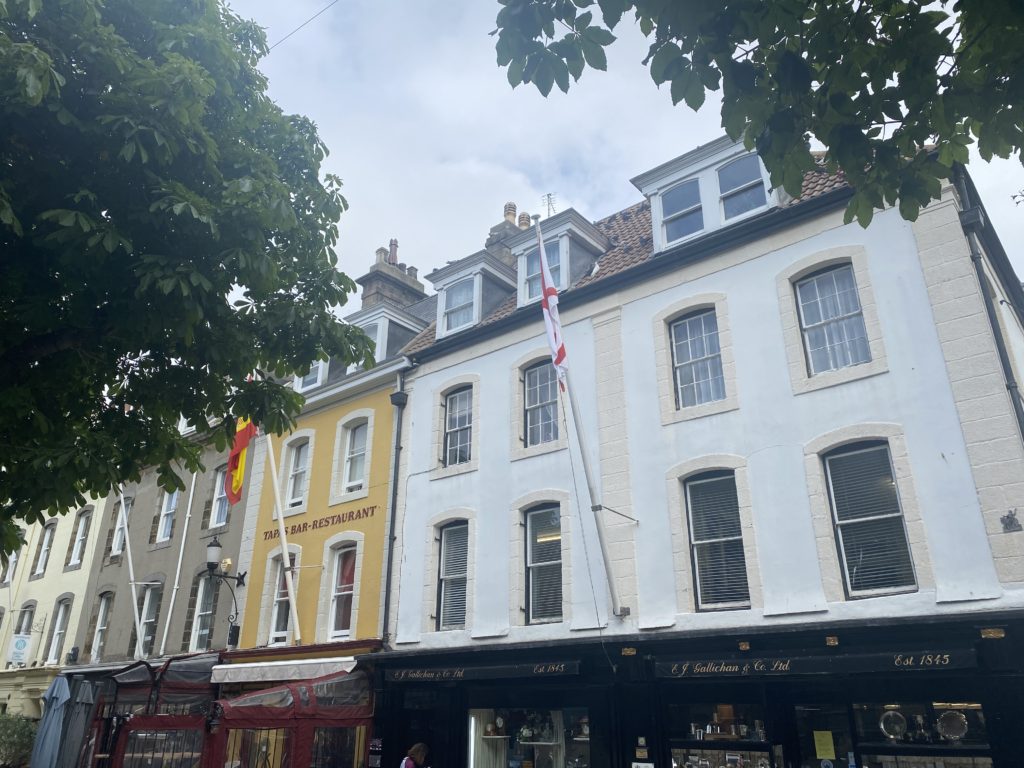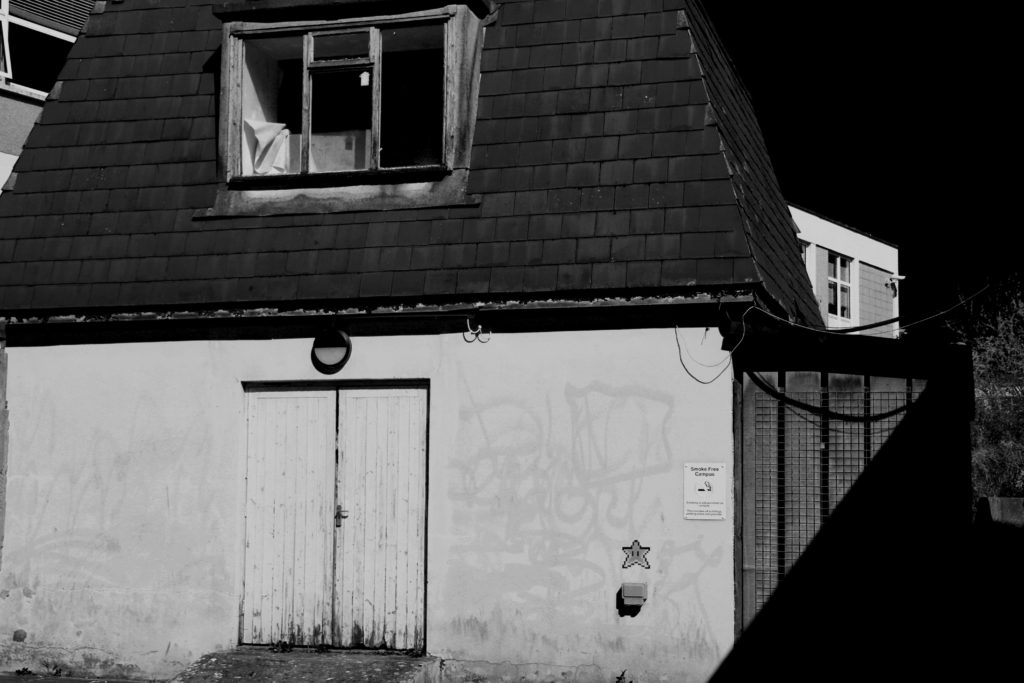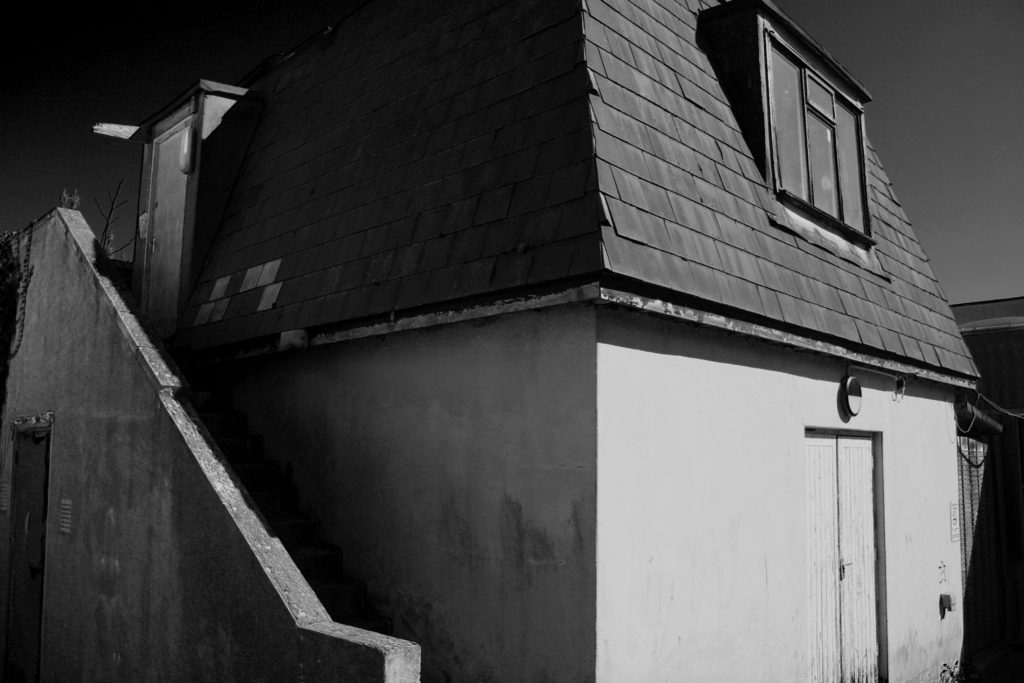Dragana Jurisic ‘YU; The Lost Country’
1. Research a photo-book and describe the story it is communicating with reference to subject-matter, genre and approach to image-making.
The book I have chosen to look at, in terms of design and composition, is Dragana Jurisic ‘YU; The Lost Country’. The story Jurisic is communicating guides the viewer through a pilgrimage, unfolding before them a myriad of lives and emotions onto the map of where Yugoslavia once lay. Through-out the series of photographs documenting new life and the remnants of past atrocities in the former conglomerate, Jurisic rhythmically inserts with almost Wes Anderson-like technicolour shots of her travel reading, where sprawling diary notes live in the margins telling of the encounters which shook, infuriated and moved her.
2. Who is the photographer? Why did he/she make it? (intentions/ reasons) Who is it for? (audience) How was it received? (any press, reviews, awards, legacy etc.)
The creator of ‘The Lost Country’ is Dragana Jurisic, a photographer from the former Yugoslavia now based in Dublin. She decided to create ‘The Lost Country’ as she knew her homeland would soon be only a memory and she did not want to forget anything about it; she also wanted to preserve this memory for millions of Yugoslavs who would later live in exile. She thought of art as a reliving of experience.
Reviews – “It is a haunted, as well as haunting book; the fallout of the past buried, rather than faced.” (Sean O’Hagan for The Guardian)
The idea of art based on other bits of art in not a new one and a lot of current work seems to relate to pre-existing works by other people. But this is different. The show has an emotional charge that is antithesis of academicism. The exhibition uses the language of contemporary art to achieve something that is rare in a lot of contemporary art: it is emotional, frank, autobiographical and honest. (Andy Parson for Visual Artist Ireland News-sheet, January 2014)
The result of this ambitious journey is the wonderful exhibition YU: The Lost Country, a visual journey into the past and present punctuated by West’s prose and Jurisic’s own words. The attempt to answer the universal question about identity in a very personal way. And since Jurisic herself follows Roland Barthes’ assertion that “photography is more akin to magic than to art”, it is no surprise that many of the photos have an otherworldly feel to them and leaves the viewer wondering about their own memories and identity. (Jensine-Bethna Wall for Irish News Review, September, 2014)
Between the silences which seem to envelope the older generation and the ennui of the young, Jurisic’s YU is the landscape of still and mournful places, in which the weight of the past forces itself upon everything. Rebecca West valiantly fought to believe in the future of Yugoslavia. Dragana Jurisic traces the effects and aftershocks of its disintegration in the subtlety of her colours, her capacity for intimacy and the intelligence and empathy with which she sees what was once Yugoslavia. Jurisic’s YU is still a place which, in West’s words, can induce a ‘bad, headachy dream’. (Colin Graham for SOURCE Photographic Review, July 2013)
Jurisic’s work utilises style and form that resonates truthfully, yet transcends photo-journalism by creating subjective metaphors too profound to be considered objective […] This works brilliantly for Jurisic; her feelings about the disconnection from the land seem justified, merely by being photographed. Some of her works hold such movingly profound metaphors, her genius is in the relationship of what was discovered ‘as it were’ and the artists construction of what lies in front of the camera. (Sandy O’Dune for TRI-HARD, November, 2014)
3. Deconstruct the narrative, concept and design of the book and apply theory above when considering: Book in hand: how does it feel? Smell, sniff the paper. Paper and ink: use of different paper/ textures/ colour or B&W or both. Format, size and orientation: portraiture/ landscape/ square/ A5, A4, A3 / number of pages.
The book is around an A5 size, easy to hold and flick through; the cover feels rough as it is lined with a cotton material, with small ridges creating a disrupted texture. The paper smells stale and feels thin with a slight glossy quality; the edges of each page are coloured with a dark blue paint-like material that creates an overall darkness around the book. All images inside the book are in colour, with a misty theme of blues and whites – disrupted by flashes of colourful street photography dotted about between pages. Most images are formatted in the same square orientation on the right side of a double spread, the other side holds an extract of text which is usually a quote from Jurisic herself, or just showing the location in which the image was captured. This traditional layout makes the book appear clean and pure – possibly hinting towards Jurisic’s message on the opposition between how now her hometown is being neglected and destroyed.
Binding: soft/hard cover. image wrap/dust jacket. perfect binding/saddle stitch/swiss binding/ Japanese stab-binding/ leperello
Jurisic’s book is a hardcover, without any dust jacket, lined with a rough cotton that has a printed image of trees on the front, and a blank dark blue fabric on the back. There is a use of saddle stitch binding, with five stitches up the centre of the book, joining each page together. The hardcover is of a medium thickness and is rounded at the edges due to the fabric lining, the printed image on the front appears ambiguous and sombre – a possible hint to the message inside to come.
Title: literal or poetic / relevant or intriguing.
The title ‘YU: The Lost Country’ is exciting and conveys a sense of adventure/fantasy for the audience as if it were an action video game like ‘The Lost City’, nevertheless its meaning is dark and holds links to themes of war, poverty and ruin. Jurisic has titled her photobook with a relevant phrase, literally telling her audience they are about to see the reminisce of her memories from a country that now no longer exists.
Structure and architecture: how design/ repeating motifs/ or specific features develops a concept or construct a narrative.
Each page in Jurisic’s photobook has quite a cleanly, pristine feel to it, with plain white boarders making a constant feature which surround her sharp-focused images. Additionally, her layering of text intertwining throughout the pages is always positioned on the bottom left hand side of each double spread, creating a theme of systematicity and order. This conveys Jurisic’s narrative of highlighting the devastation brought onto her country from an ever growing world of regulations, showing a continuation of both memories and identity.
Images and text: are they linked? Introduction/ essay/ statement by artists or others. Use of captions (if any.)
Jurisic documents her journey, retracing the steps of Rebecca West’s 1937 novel Black Lamb and Grey Falcon, through what was Yugoslavia, where she was born, but a “country” which no longer exists. The text used throughout the book is a combination of phrases from West’s novel and Jurisic’s own memories, examples of the photobook’s texts; “I have learned now that it might follow, because an empire passed, that a world full of strong men and women and rich food and heady wine might nevertheless seem like a shadow-show.” (Rebecca West). “It was a flat-topped rock, uneven in shape, rising to something like six feet above the ground, and it was red-brown and gleaming, for it was entirely covered with the blood of the beasts that had been sacrificed on it during the night.” (Rebecca West). As West’s novel gets told, Jurisic links her own past to these events, her images reflect and respond to West’s ideas while still staying true to what Jurisic remembers of her own childhood in Yugoslavia.






















